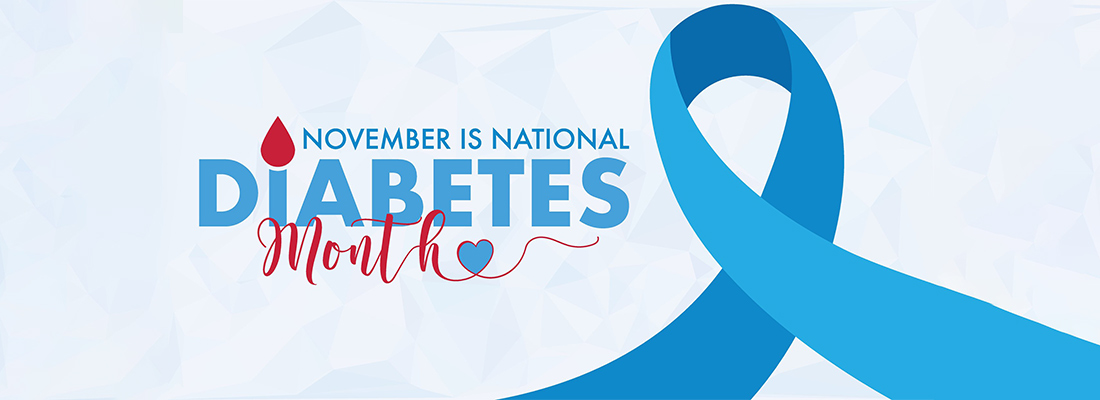
The campaign aims to amplify the message that diabetes is manageable and, in many cases, preventable. By encouraging screening, promoting education, and supporting innovation, American Diabetes Month 2025 serves as a vital reminder of collective responsibility in tackling this chronic condition.
Why It Matters
Diabetes remains one of the most common chronic diseases in the United States. Over 38 million Americans are currently living with diabetes, and an additional 98 million adults have prediabetes, a condition that can progress to type 2 diabetes if not addressed early.
The impact of diabetes extends beyond physical health. It affects emotional well-being, productivity, and overall quality of life. Moreover, healthcare costs associated with diabetes continue to rise, making prevention and early management even more critical.
American Diabetes Month 2025 brings these challenges into focus, urging people to take preventive steps, schedule screenings, and advocate for equitable access to care.
Key Themes for American Diabetes Month 2025
-
Awareness:
Understanding diabetes types, symptoms, and risk factors help drive early diagnosis. Common signs include frequent urination, excessive thirst, fatigue, blurred vision, and slow wound healing. Recognizing these early can make a significant difference.
-
Prevention:
Most cases of diabetes can be prevented or delayed through lifestyle changes such as improved diet, regular exercise, and weight management. Small, consistent adjustments can have lasting health benefits.
-
Hope:
Advances in treatment, from continuous glucose monitors to new medications, are offering patients more control and a better quality of life. American Diabetes Month 2025 celebrates these innovations and the people working toward a cure.
-
Equity and Access:
Diabetes disproportionately affect certain racial, ethnic, and socioeconomic groups. This month calls attention to the need for equitable access to healthcare, nutritious food, and community resources.
-
Support and Management:
For those already living with diabetes, management is key. This includes monitoring blood sugar levels, adhering to medication plans, maintaining a balanced diet, and receiving emotional support.
Understanding the Risk
Recognizing risk factors is one of the main goals of American Diabetes Awareness Month. While genetics play a role, lifestyle factors are significant contributors.
- Type 1 Diabetes: An autoimmune condition where the body cannot produce insulin. It usually develops in childhood or adolescence but can occur at any age.
- Type 2 Diabetes: The most common form, often linked to obesity, inactivity, and poor diet.
- Prediabetes: A warning stage when blood sugar levels are higher than normal but not yet diabetic. Early intervention can prevent progression.
Also Read: Type 1 Diabetes Self-Care: A Practical Guide to Living Well Every Day
Other risk factors include:
- Family history of diabetes
- Being overweight or obese
- Sedentary lifestyle
- Age over 45
- High blood pressure or cholesterol
- Belonging to high-risk ethnic groups
By identifying these risks, American Diabetes Month 2025 empowers people to take preventive steps before complications arise.
Prevention and Lifestyle Strategies
Preventing or managing diabetes involves long-term commitment to healthy habits. Here’s what healthcare professionals recommend during American Diabetes Month 2025:
- Get screened regularly: Early detection of prediabetes can help prevent full-blown diabetes.
- Adopt balanced nutrition: Focus on whole grains, fresh vegetables, lean proteins, and limited processed foods.
- Stay active: At least 150 minutes of moderate activity per week can help improve insulin sensitivity.
- Maintain a healthy weight: Losing even 5–10% of body weight can lower diabetes risk significantly.
- Monitor key health metrics: Keep an eye on blood sugar, cholesterol, and blood pressure.
- Manage stress and sleep: Chronic stress and poor sleep can affect blood sugar regulation.
Simple lifestyle modifications can reduce diabetes risk, making prevention a realistic goal rather than a distant ideal.
Awareness and Community Involvement
American Diabetes Month 2025 is also about community engagement. It’s a time to educate others, support those affected, and advocate for public health measures. Here are ways individuals and organizations can participate:
- Share diabetes facts and prevention tips on social media.
- Organize local health screenings or awareness events.
- Encourage workplaces and schools to promote healthy habits.
- Wear blue; the official color symbolizing diabetes awareness.
- Support diabetes research organizations through donations or volunteering.
Community-driven action amplifies the message of American Diabetes Awareness Month and promotes healthier lifestyles nationwide.
Hope for the Future
Although diabetes remains a global concern, there is a strong reason for hope. Medical advancements continue to transform care, from improved monitoring technologies to experimental treatments like artificial pancreas systems and cell-based therapies. Public awareness campaigns are also helping to reduce stigma and empower individuals to seek care earlier.
The focus of American Diabetes Month 2025 is not just to raise awareness but to inspire confidence that progress is possible. With ongoing research, policy changes, and collective commitment, the future for those affected by diabetes looks brighter than ever.
Conclusion
As November is American Diabetes Month, it’s an opportunity to educate, advocate, and act. American Diabetes Month 2025 is more than a campaign, it’s a nationwide movement to prevent new cases, support those living with the disease, and drive hope for future generations. Through awareness, prevention, and innovation, we can move closer to a world where diabetes no longer define lives.





